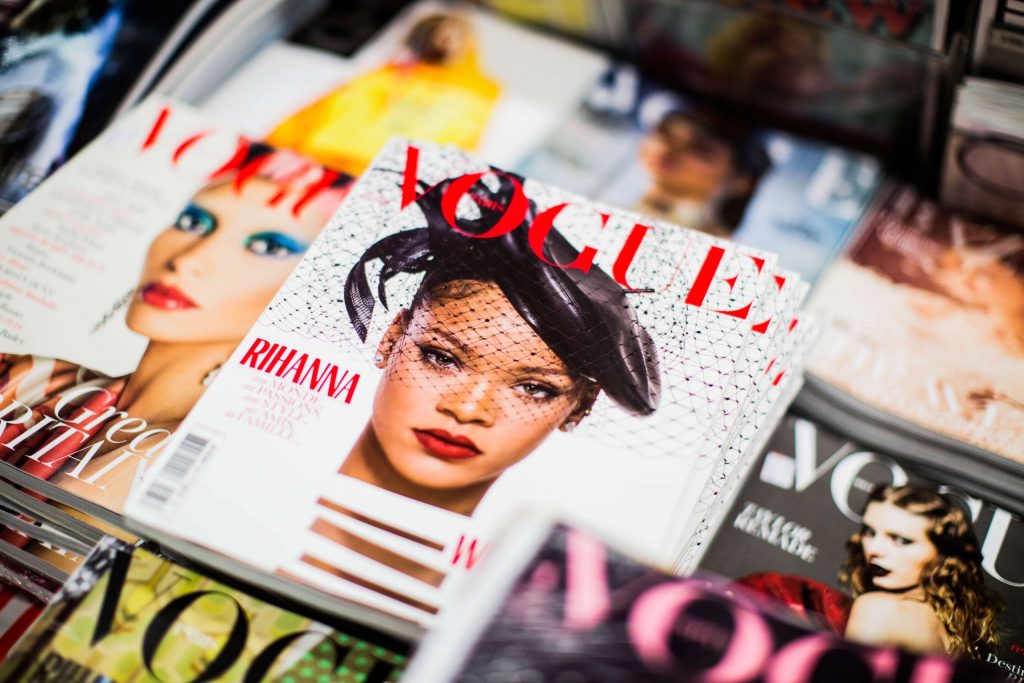Magazines harness the power of photography to craft compelling narratives that captivate readers and convey stories in a visually engaging manner. Photography in magazines does more than merely accompany text; it serves as a crucial storytelling tool that adds depth and dimension to articles, creating a richer, more immersive experience. Through carefully curated images, magazines can evoke emotions, highlight key themes, and provide visual context that enhances the reader’s understanding of the subject matter. A pivotal role of photography in magazines is its ability to capture and convey emotion. An evocative photograph can encapsulate a moment in time, providing a visceral connection that words alone may struggle to achieve. For example, in a feature about social issues, a powerful image of a protest or an individual’s poignant expression can stir empathy and foster a deeper connection with the reader. This emotional resonance can drive the narrative forward, compelling readers to engage more deeply with the content.

Additionally, photography can significantly influence the aesthetic and tone of a magazine world. The choice of images, their composition, and style can set the overall mood of the publication. A fashion magazine might employ high-glamour, stylized photography to create an aspirational, luxe feel, while a travel magazine might use vivid, expansive shots to evoke a sense of adventure and discovery. The visual style complements and enhances the written content, creating a cohesive and immersive experience for the reader. Images also serve a practical purpose in magazines by providing visual context. Complex topics or abstract concepts can be made more comprehensible through relevant photographs. In a scientific magazine, detailed images of experiments or phenomena can elucidate complex ideas, making them more accessible to a broader audience. In lifestyle magazines, photographs can showcase practical how-to or demonstrate step-by-step processes, offering readers a clearer understanding of the content.
Moreover, the strategic use of photography can drive engagement by drawing readers’ attention and encouraging them to delve further into the magazine’s content. Eye-catching cover images, intriguing photo spreads, and well-placed visuals can attract readers and create a sense of anticipation for the stories within. This visual appeal is essential in a crowded media landscape, where grabbing and holding the reader’s attention is increasingly challenging. In summary, magazines utilize photography not just to illustrate text but to create a multi-dimensional storytelling experience. By capturing emotions, setting a visual tone, providing context, and engaging readers, photography becomes a powerful narrative tool that enhances the overall impact of the magazine. Through thoughtful and strategic use of images, magazines can transform stories into vibrant, compelling experiences that resonate with their audience.